iSPIRT Open Ecosystem Questions(OEQ) Series. The conversation around this exciting session was lead by Sanat Rao (iSPIRT) and the speakers were Jay Pullur (Pramati Technologies), Sanjay Shah (Invensys Skelta), Pari Natarajan (Zinnov), Karthik Reddy (Blume Ventures) & Vijay Anand (The Startup Centre).
Sanat initiated the conversation with an observation that it was only the bigger exits that are picked up by the media. Smaller exits do not get any media attention at all. , We all hear about the big bang “home runs”: WhatsApp sold for 19 billion USD to Facebook, Google acquires Nest for 3.2 billion USD, etc. However, studies show that 65% of VC funded companies in the US return 0-1x to their investors. Even among the remaining 35%, the exit valuations are relatively small: since 2010, the average M&A deal size in the US/Israel is 100 million USD. Only a small 0.1% of VC-funded companies are home runs (50X returns). And not just in India. In Israel too, from 2010-14, out of the 88 exits, two deals on Viber and Waze accounted for a whopping 25% of the total M & A value.
Given these statistics, why do we promote the myth of a multi-billon $$ exit? Why don’t we recognize the value of these smaller exits? Should we not be promoting and helping product startups to find an exit at an earlier point in their lifecycle, rather than treating these exits as a worst case scenario?
Jay Pullur, Founder of Pramati Technologies added that startups must understand and provide an exit plan to investors. Given the risks involved in investing in startups, it is natural for investors to expect lucrative returns. There is no point in them investing in startups, which are riskier investments, if the returns are as much as they would get from a bank Fixed Deposit. Given the fact that only a handful of companies can go public, M&A is an alternative to providing liquidity and exit to investors. M&A also allows employees with ESOPs to monetize their stock.
Karthik Reddy, Managing Partner at Blume Ventures, pointed out that there is a consistency in all top-performing funds. However, the bizarre statistic is that only 4-5-6 companies deliver majority of the returns even in high-performing funds. “There is a classic conundrum that plays here – can you systematically look at reasonable sized exits or go for the homerun. The curse of the VC system is to play for the homerun”.
He added, “At Blume, we look at things differently. For the right deals, we do consider smaller mergers and acquisitions. Though they do not move the needle significantly, it brings much needed cash back into play which we can either invest in other ventures or use that to provide follow-on capital to better performing ventures. Also, the talent gets absorbed in a big company or some of your own portfolio companies.” Karthik’s view is that as an investor, helping under-performing or weak companies find exits and placing the founders and teams with other companies creates a bond and relationship. I.e. when a strong team whose current company doesn’t do well and starts up again, they should consider the fund to invest in their new venture too. In an environment where good teams are hard to find, relationships built even during challenging circumstances can be a big asset.
Karthik’s observation is that Indian buyers/acquirers are stingy and skeptical in buying assets.
The panel also mentioned Paul Graham’s (of Y-combinator) view that for every big exit there are a multiple smaller exits. The smaller exits feed the bigger one.
Smaller exits have a multiplying effect on the entrepreneurial ecosystem –
Sanjay Shah explained that he has had three exits – one was a small exit but it was a good exit since they have not raise external funds; the second one was a good exit but as they had raised a lot of money it was not very meaningful for the investors. However, the third one was very fulfilling. A rather small round of money was raised, and with very few members of the team they were able to create wealth for everyone, including the employees because of the value of the ESOP’s. Interestingly, three other companies were created with their old business, which revalidated the culture of entrepreneurship. Therefore, smaller exits are important as they have a multiplying effect. Sanjay mentioned that he himself is starting up again.
Jay was asked the tricky question – when do we know when to exit? His reply was very simple – the entrepreneur and the investor – who are involved deepest, know it. They know that they are not in an airplane but a rocket J. You know when you are zooming; the market is opening up and you need more fuel in terms of capital… Or you know that it’s time for an exit. It becomes obvious.
But, he also cautioned that sometimes this could go dangerously wrong. Just because you want to exit, doesn’t mean that you will get one! There may not be any current buyers, the market may have changed, there is competition etc – any of these can make an exit difficult.
Pari Natarajan mentioned that acquirers want the key people to stay. All of the key people in a company, that gets acquired, are usually interviewed and then the decision of buying the company is taken. It is a wonderful thing for the ecosystem, as the team that gets acquired, gets the advantage of money and the experience of a larger organization. Therefore, they could scale faster than otherwise. Therefore, smaller exits are very important. When your basic needs are taken care of (like a house, car and education for your kids) you can aspire for bigger goals.
Vijay Anand, of The Startup Center – raised an interesting point – India, unusually focuses on US acquires. There seems to be a pedigree attached to being acquired by a US company, even though the valuation maybe lower.
He pointed out that the downside of being acquired by a US company is that we are shipping the IP and talent abroad. This was an area of concern not from a patriotic point of view, but for the long-term ecosystem-building perspective.
Sanjay suggested that one of the ways Indian companies can look at buying smaller startups is by having a business relationship with them. Networking within the ecosystem is important.
However, the panel unanimously agreed that companies should not be created for exits, but for value addition to the customer. However, exits are important – both for the entrepreneur and employees.
Some key points
- A good exit builds risk capital in the ecosystem.
- A successful exit creates passion and drives entrepreneurship
- The money generated goes back into the ecosystem – i.e. to fund new ventures or to provide follow-on capital to better-performing companies of the investor’s portfolio
- A good value of ESOP’s and Bonuses help in employee drive and passion
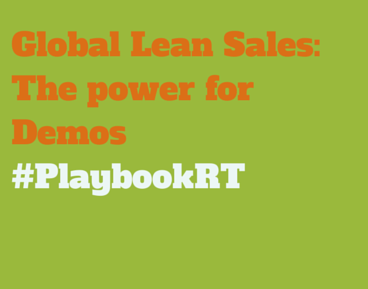 On Oct 18th iSPIRT organized a #PlaybookRT in Mumbai and the topic of discussion was Global Lean Sales. Pallav Nadhani founder of FusionCharts came down for the RT and shared a lot of useful information about how they do things at Fusion Charts. Most of the information from the RT has been covered in Rushab Mehta’s excellent blog post about the RT. I am just adding to that post…
On Oct 18th iSPIRT organized a #PlaybookRT in Mumbai and the topic of discussion was Global Lean Sales. Pallav Nadhani founder of FusionCharts came down for the RT and shared a lot of useful information about how they do things at Fusion Charts. Most of the information from the RT has been covered in Rushab Mehta’s excellent blog post about the RT. I am just adding to that post…

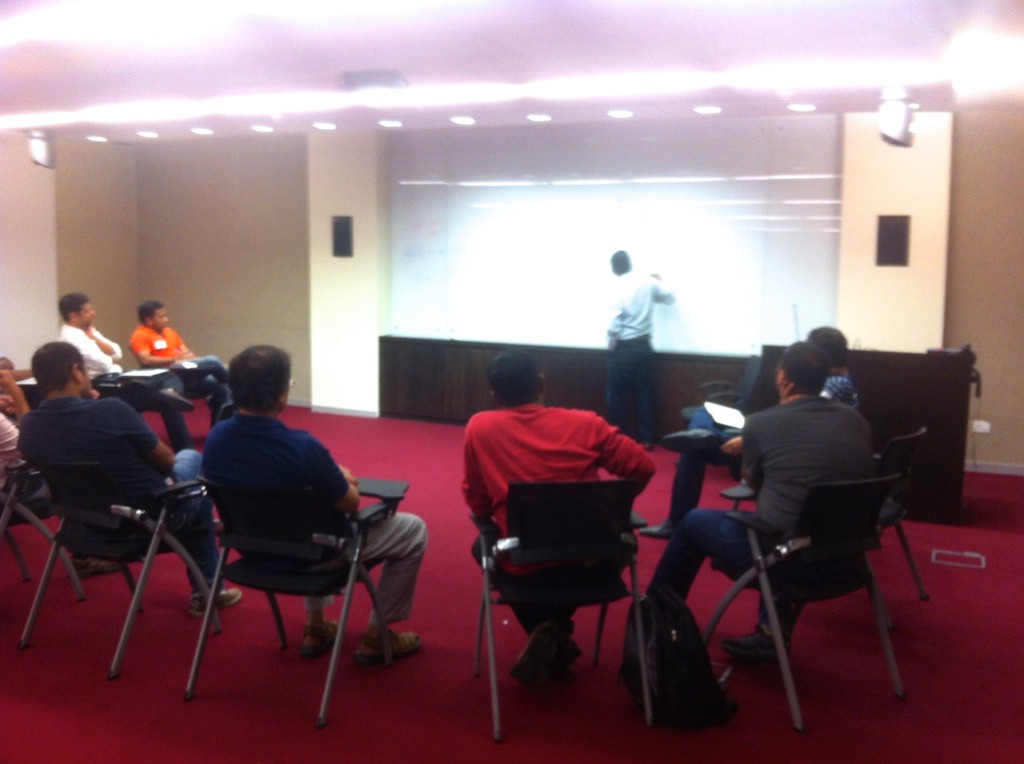 Many key aspects such as taxation (especially in the context of Singapore), seed funding, liabilities, ease of the process, ESOP and stock plans need to be considered, while deciding the location of incorporation .
Many key aspects such as taxation (especially in the context of Singapore), seed funding, liabilities, ease of the process, ESOP and stock plans need to be considered, while deciding the location of incorporation .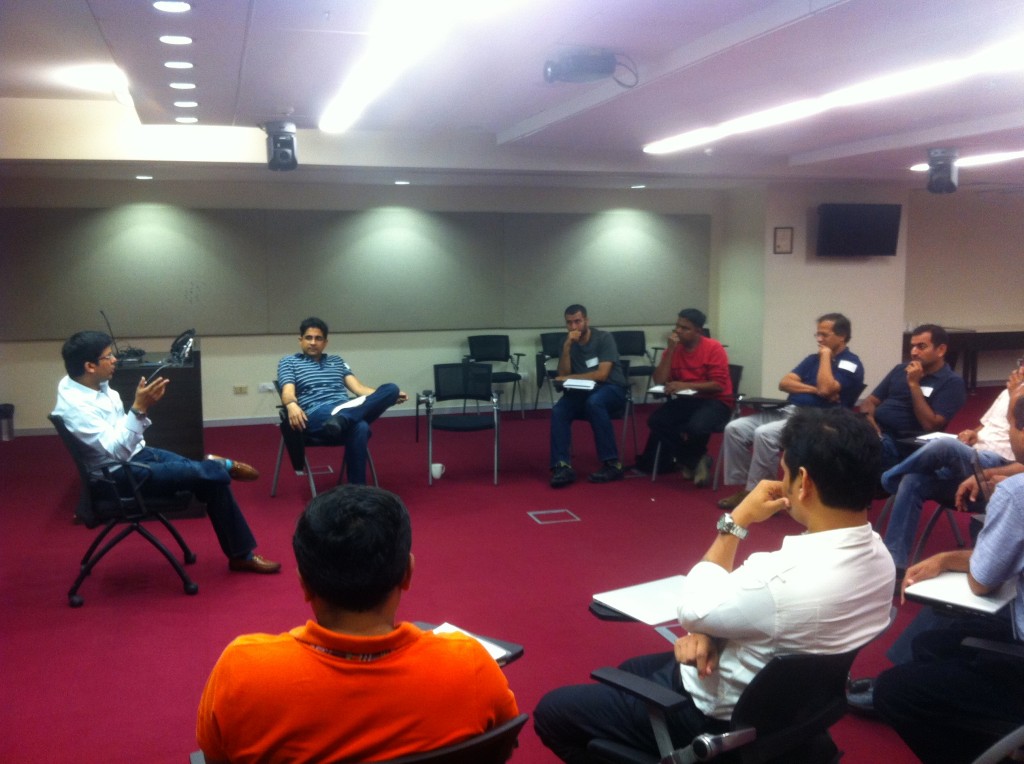 Some basic Q&A
Some basic Q&A
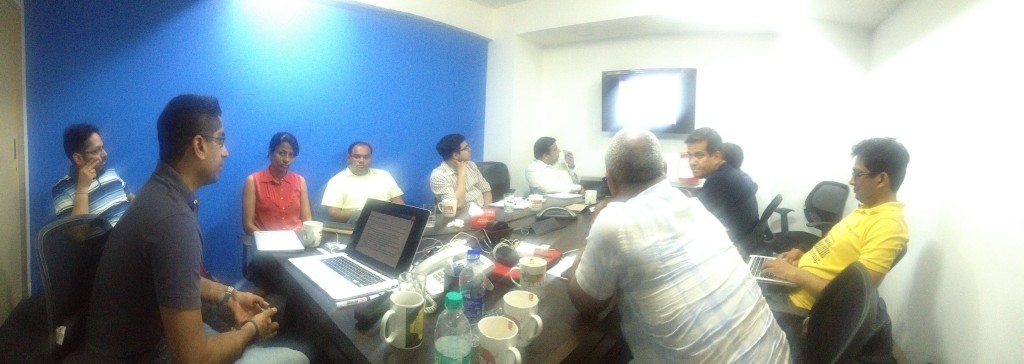 Content Marketing
Content Marketing Conclusion
Conclusion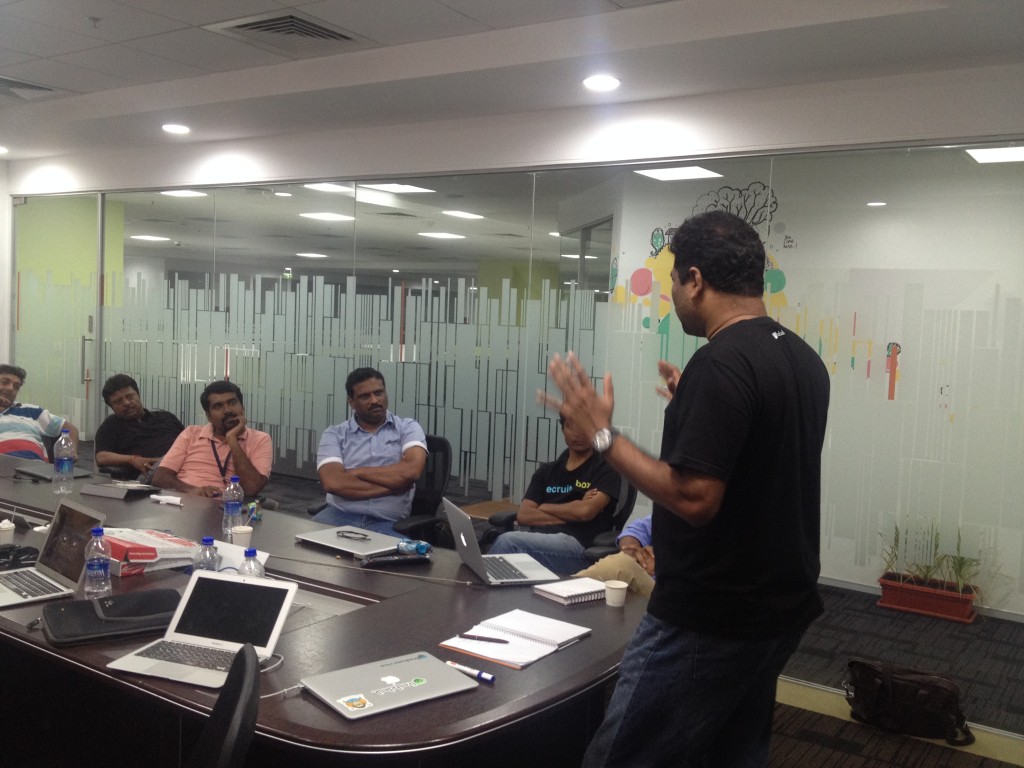
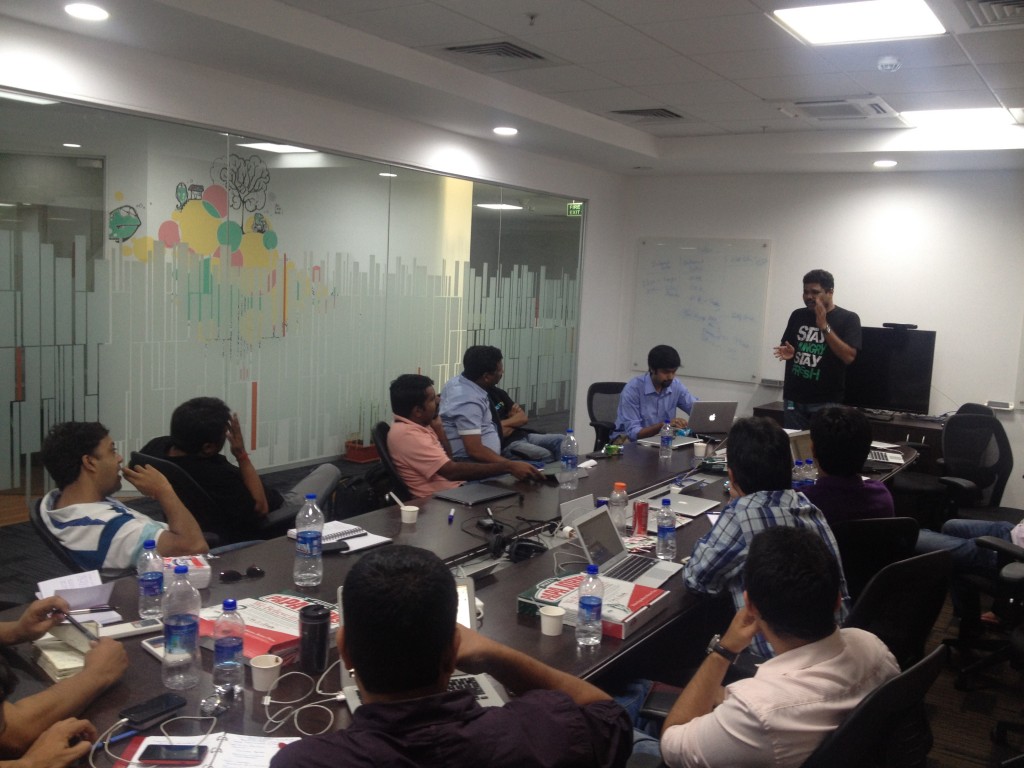 Generally, personalize across presales, sales, and marketing. The response rates are 25%.
Generally, personalize across presales, sales, and marketing. The response rates are 25%. Off-late, I have been seeing many articles on “
Off-late, I have been seeing many articles on “ Before I share the 8 selected companies, I want to tell the applicants that didn’t make to the Inner Circle this time that there will be more opportunities to get included in the coming year(s). BootUpINDIA is an ongoing program that will expand the Inner Circle over time. We are also organizing a Bootstrap Summit for the applicants and will be profiling all the applications on the on the
Before I share the 8 selected companies, I want to tell the applicants that didn’t make to the Inner Circle this time that there will be more opportunities to get included in the coming year(s). BootUpINDIA is an ongoing program that will expand the Inner Circle over time. We are also organizing a Bootstrap Summit for the applicants and will be profiling all the applications on the on the 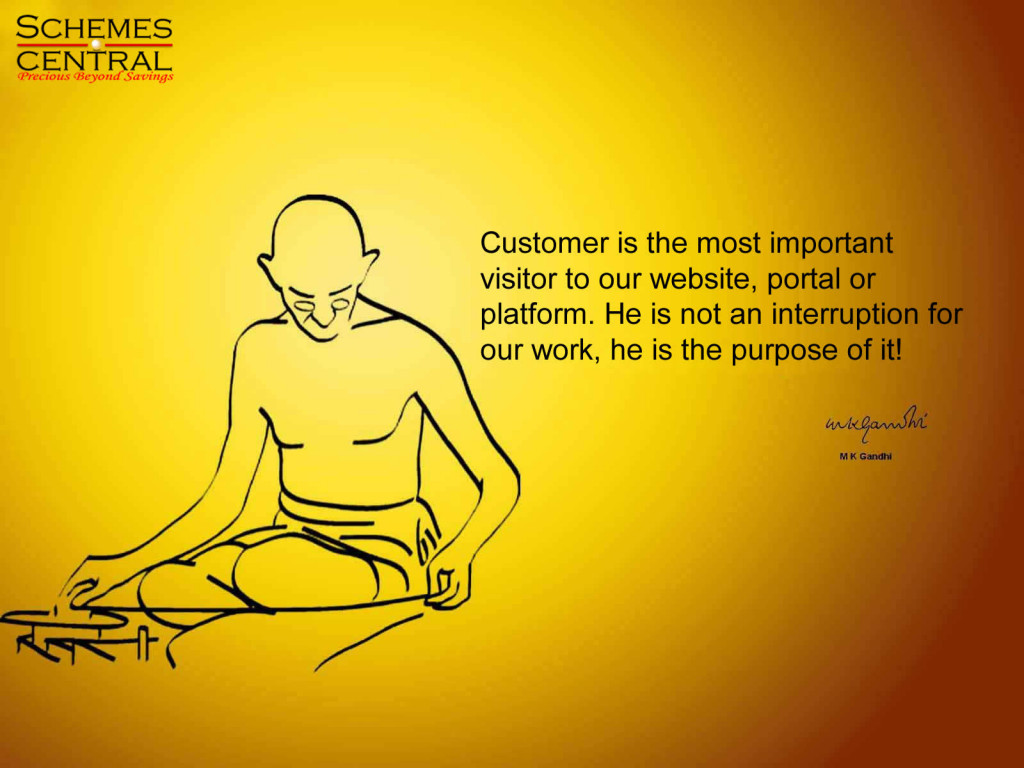


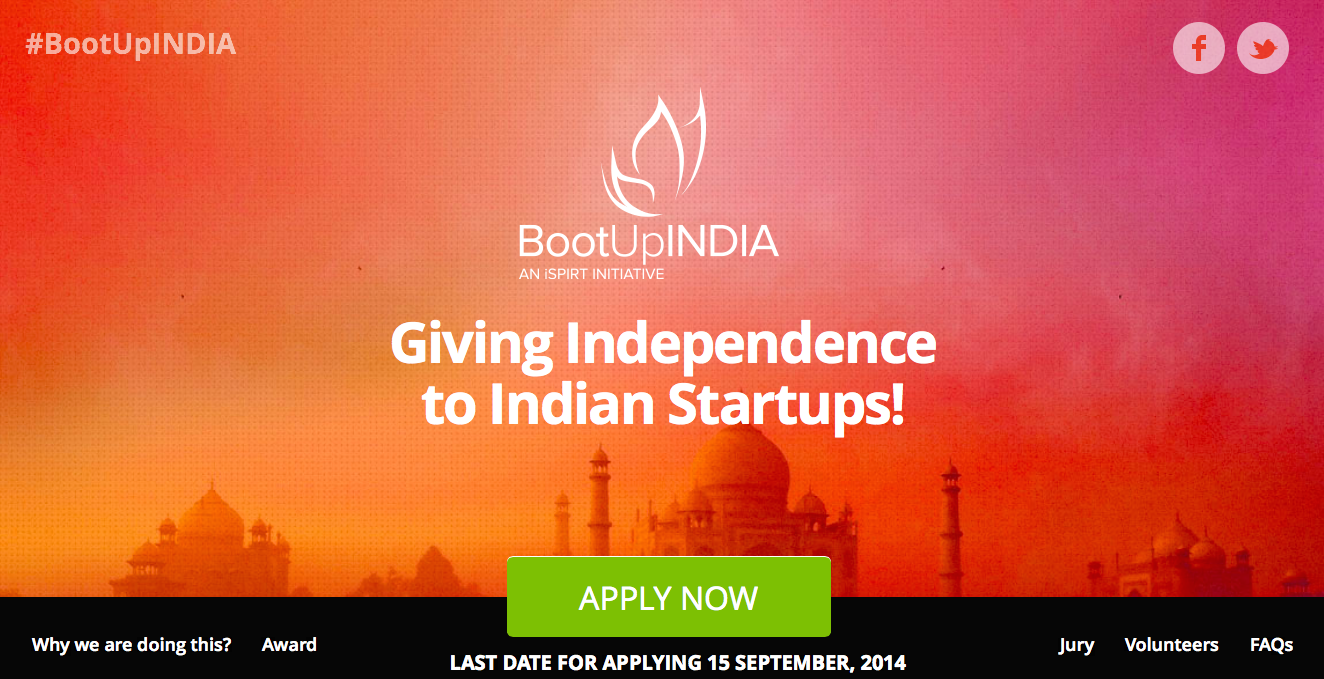
 The event went on for around 6 hours but given the variety of issues discussed each issue could be touched upon briefly. Since this was the initial event of this kind in Mumbai, a lot of participants were meeting each other for the first time. Some time therefore had to be spent in understanding each other’s businesses, back-stories and some of the special challenges they faced.
The event went on for around 6 hours but given the variety of issues discussed each issue could be touched upon briefly. Since this was the initial event of this kind in Mumbai, a lot of participants were meeting each other for the first time. Some time therefore had to be spent in understanding each other’s businesses, back-stories and some of the special challenges they faced.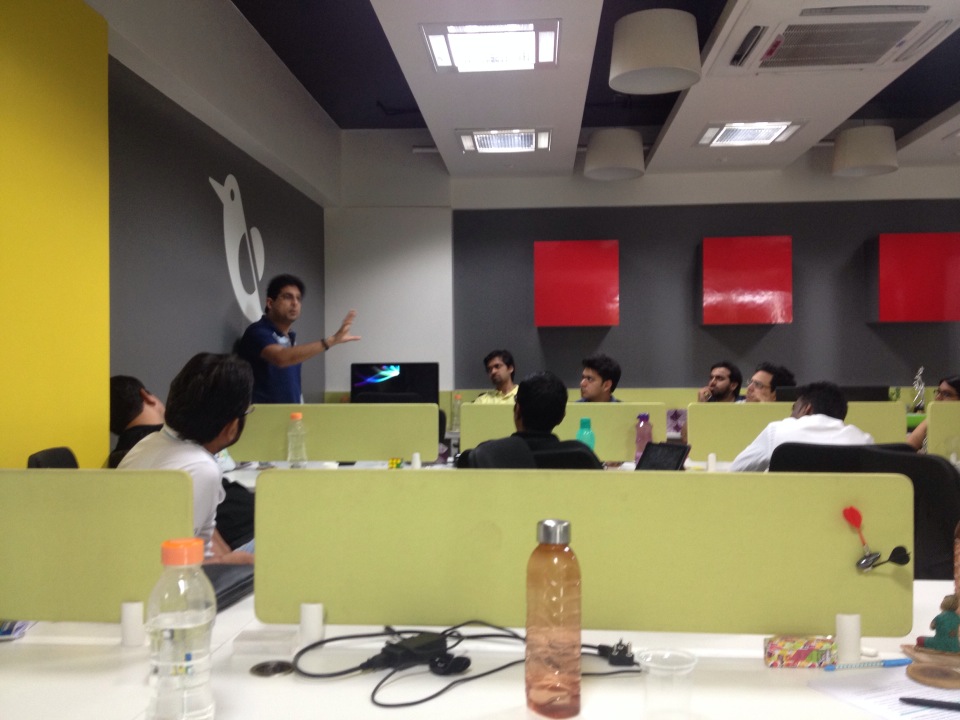 Sales Bible
Sales Bible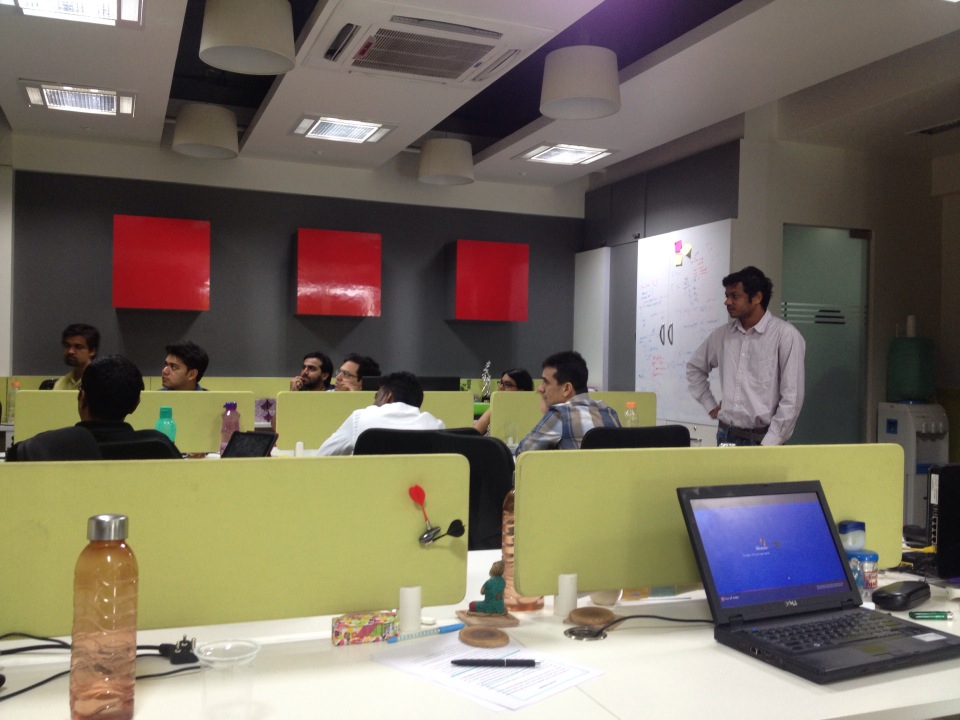 Free vs Paid
Free vs Paid